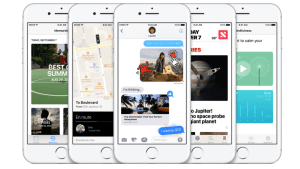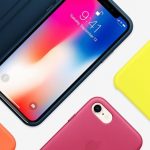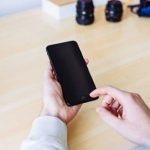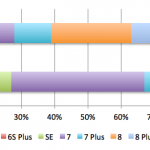Actually, The iPhone May Not Look Much Different In 2027
On a day like June 29–the iPhone launch’s 10th anniversary–it’s natural to wonder where Apple’s iconic device will be in another 10 years. It’s also tempting to prognosticate that the iPhone will be radically different by 2027, or that it will be overrun by new devices and approaches to personal technology.
A number of thoughtful articles have been published around the anniversary imagining what the iPhone will look like a decade from now. But some of the more fundamental changes the writers envision, I’d argue, just aren’t going to happen by 2027.
The iPhone of a decade from now will be far more powerful than the iPhone 7, allowing it to run apps that nobody’s even contemplating today. It will also benefit from innovations in screen technology, input methods, and other areas. The phone’s design will probably be at least slightly thinner and lighter, and its front will be taken over by pure display, eliminating the bezel. However, I think that the iPhone will remain largely recognizable–and will remain the center of many people’s computing universes–in 2027, for a few simple reasons.
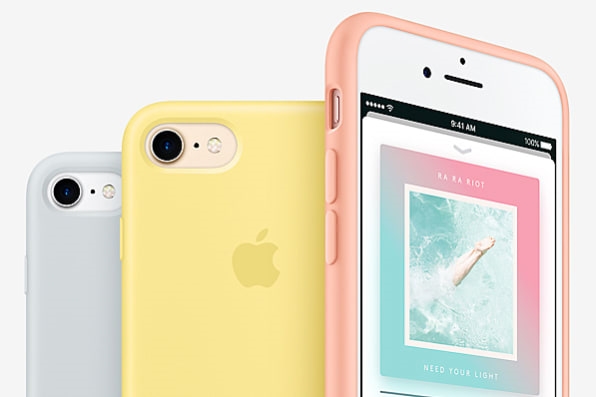
The Screen
I’ve heard smart people talk about a future where personal computing disappears into our bodies and/or into the environment. That’s probably far off, because we still need screens. Smartphone-sized screens.
In a way, tech companies and consumers have worked together to arrive at the optimal mobile screen size. Companies like Apple and Samsung introduce the devices, and consumers vote with their dollars on the screen sizes they want. Most people want a screen large enough to make video enjoyable, yet small enough to hold in one hand and easily squeeze into a pocket or purse. That’s why smartphones have gotten larger in the past five years, not smaller.
It’s difficult to see some other device ready to replace that convenient screen size by 2027. Will we have augmented-reality glasses good enough to present high-definition video in the way the iPhone does now? I’m betting not by 2027. AR glasses face some real technical challenges–like finding a battery technology that’s small enough and powerful enough to make for an all-day-wear experience. Putting enough processing power in a free-standing AR wearable is another obstacle.
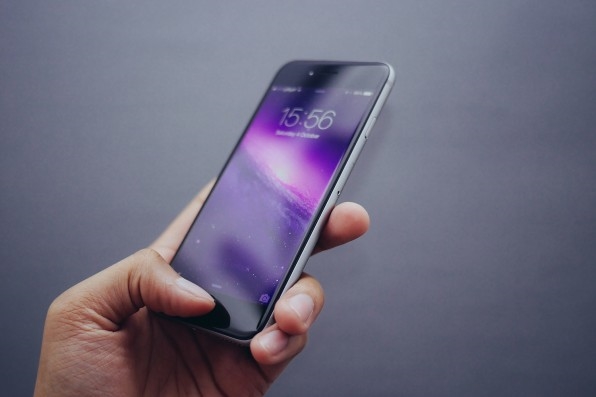
Into The Glass
If current screen sizes are about right and unlikely to give way to something else in the next decade, the only thing to shrink on the iPhone is its thickness. But there are real barriers there, too. Wired‘s David Pierce points out that Corning has been working at embedding computer circuitry within the display glass. That sounds like a promising way to thin down the phone, but there’s only so much you can inject into glass.
Corning probably won’t be able to inject a battery into a pane of glass anytime soon, either, and the battery is the biggest barrier to reducing the form factor of devices today.
That’s because making batteries smaller and more powerful is a chemistry problem, not a design or coding problem. It resists the tenets of Moore’s law. The dominant power supply for today’s consumer tech is lithium ion, and science has already wrung most of the power efficiencies out of that material.
Can a completely new power source emerge for a mass market product like the iPhone in just 10 years? Long-range wireless charging (which Energous and uBeam are working on) seems like the best candidate. The technology, in theory, would constantly send power over the air to top off batteries inside mobile devices. That could permit the batteries to shrink while still providing all-day power.
Apple’s coming iPhone 8 reportedly has wireless charging, but it’s inductive–the phone must rest atop a transmitter device. Apple holds at least one patent on its own wireless charging tech. If long-range charging is added to the iPhone, the need for a big bulky battery goes away, and the “pane of glass” concept suddenly becomes much more doable. But, alas, the viability of that long-range wireless charging technology seems far off.
The Body Area Network
The idea of the iPhone as a pane of glass ties into a larger concept where many of the iPhone’s current functions are decentralized and farmed out to a set of wearables and sensors we carry on our bodies, all loosely tied together in a “body area network.” Siri would orchestrate interaction between all of the pieces.
It’s another cool idea, and I fully agree that the phone may not be the best singular interface for Siri. I think in 10 years a future version of Apple’s AirPod wireless earpods might become our main interface with Siri. And the AR glasses may not be far behind by then.
I doubt, however, that consumers will like the idea of carrying numerous component devices around with them. There’s a limit to the number of tech gadgets people want to tote, and for most non-nerds it’s about two. I carry a phone, a watch, and AirPods, and two of those things–the watch and the AirPods–often get left at home on weekends. The phone is always with me.
Even if that “body network” of small devices works perfectly as your personal life concierge throughout the day, the iPhone–because of its display–will still be needed. And unless that display is foldable or rollable (maybe!), the temptation will be to retain the functionality and computing power in that device to justify its position in pocket or purse. For a number of technical and privacy reasons, Apple is deeply invested in the idea of locating processing power and sensitive personal data inside its devices, not in the cloud. It seems unlikely that the company would reverse on that within a decade.
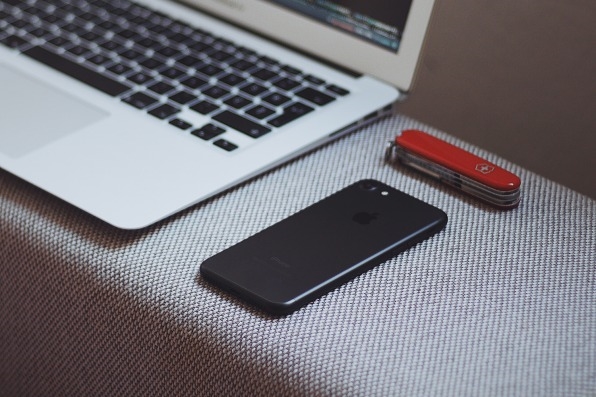
3,650 Days
Part of the reason for my skepticism about the iPhone changing profoundly is that tech moves slower than we think, and time moves faster. Ten years really isn’t that long. While some things in tech change very quickly (like the growth of Uber), most things evolve incrementally over time. It depends on the type of product and its price, too. Here’s how Creative Strategies analyst Ben Bajarin put it in a brief on Thursday:
Consumers adopt solutions to pain points very quickly. Consumers adopt new experiences very slowly. Any time a consumer is faced with something foreign, or unknown, or viewed as somewhat risky because they don’t know how they will use it, they adopt it very slowly. This is why things like smartwatches, future wearables, VR, drones, AR glasses, etc. will have very long adoption cycles. From the viewpoint of how humans behave and adopt technology, the next big thing is still a long way away.
Consider wearable tech. In 2012, many of us thought wearables would soon take over the personal computing landscape. I was excited about the combination of 3G smartwatch and wireless headphones replacing the smartphone as my can’t-leave-home-without device. But consumers in general have been relatively slow to adopt wearables, other than those used to track fitness.
And there’s ample precedent for tech products surviving in recognizable forms for decades. Apple’s own Mac has gotten sleeker and more powerful over the years. But today’s MacBook Pro is immediately identifiable as the direct descendant of the first PowerBook from a quarter century ago.
Besides, Apple may be less concerned over the next decade about radically changing the iPhone and more focused on getting the devices in the hands of far more people. The major markets for smartphones have become saturated in recent years, making new customers harder to find. The best chance for continuing the iPhone’s momentum may be getting it into the hands of more consumers in developing countries. A recent Ovum study, commissioned by Upstream, shows that only 18% of mobile users in emerging markets use iOS, while 78% use Android.
Without the iPhone, Apple wouldn’t have become the world’s most successful company. No one device can dominate consumer tech forever. But I’d wager the iPhone has some good years and great new technology in its future.
For many of us, Apple’s iconic device will still sit at the center of the personal computing universe.
On a day like June 29–the iPhone launch’s tenth Anniversary–it’s natural to wonder where Apple’s iconic device will be in another 10 years. It’s also tempting to prognosticate that the iPhone will be radically different by 2027, or that it will be overrun by new devices and approaches to personal technology.
Fast Company , Read Full Story
(72)

